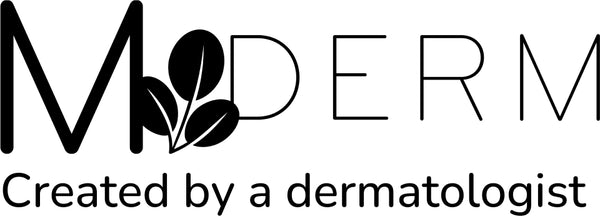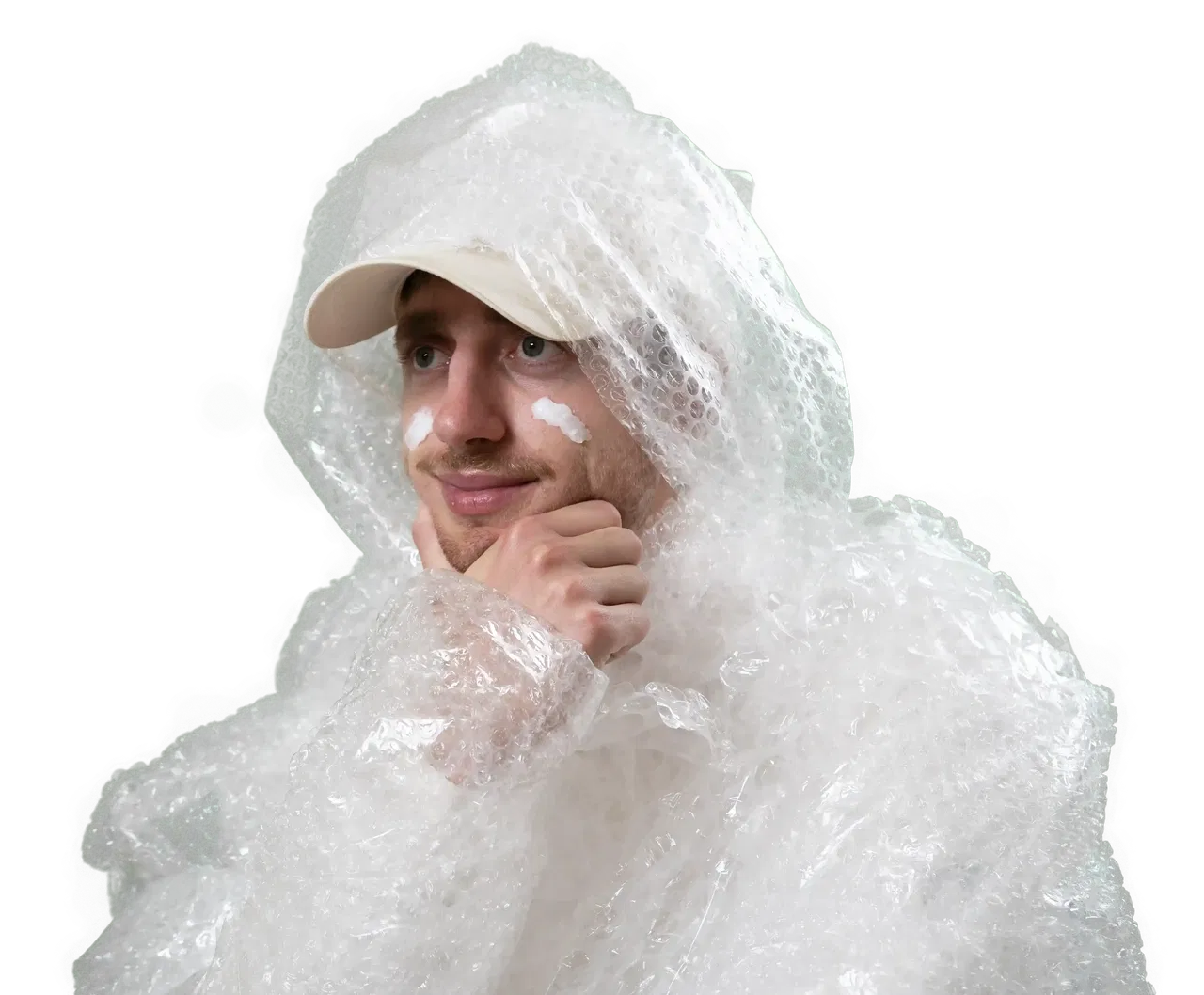So you're telling me there's plastic INSIDE my moisturizer??
Yes! Here's why liquid plastics are a problem:
They are everywhere
They are overproduced
They aren’t sustainable
9 out of 10 leading skincare brands use liquid plastics.
Over 40 million tons of liquid plastics are produced each year, that’s the equivalent of 39 football stadiums filled to the brim.
Liquid plastics do not biodegrade. Instead, they accumulate in our oceans, drinking water, and food chains.
Check your labels
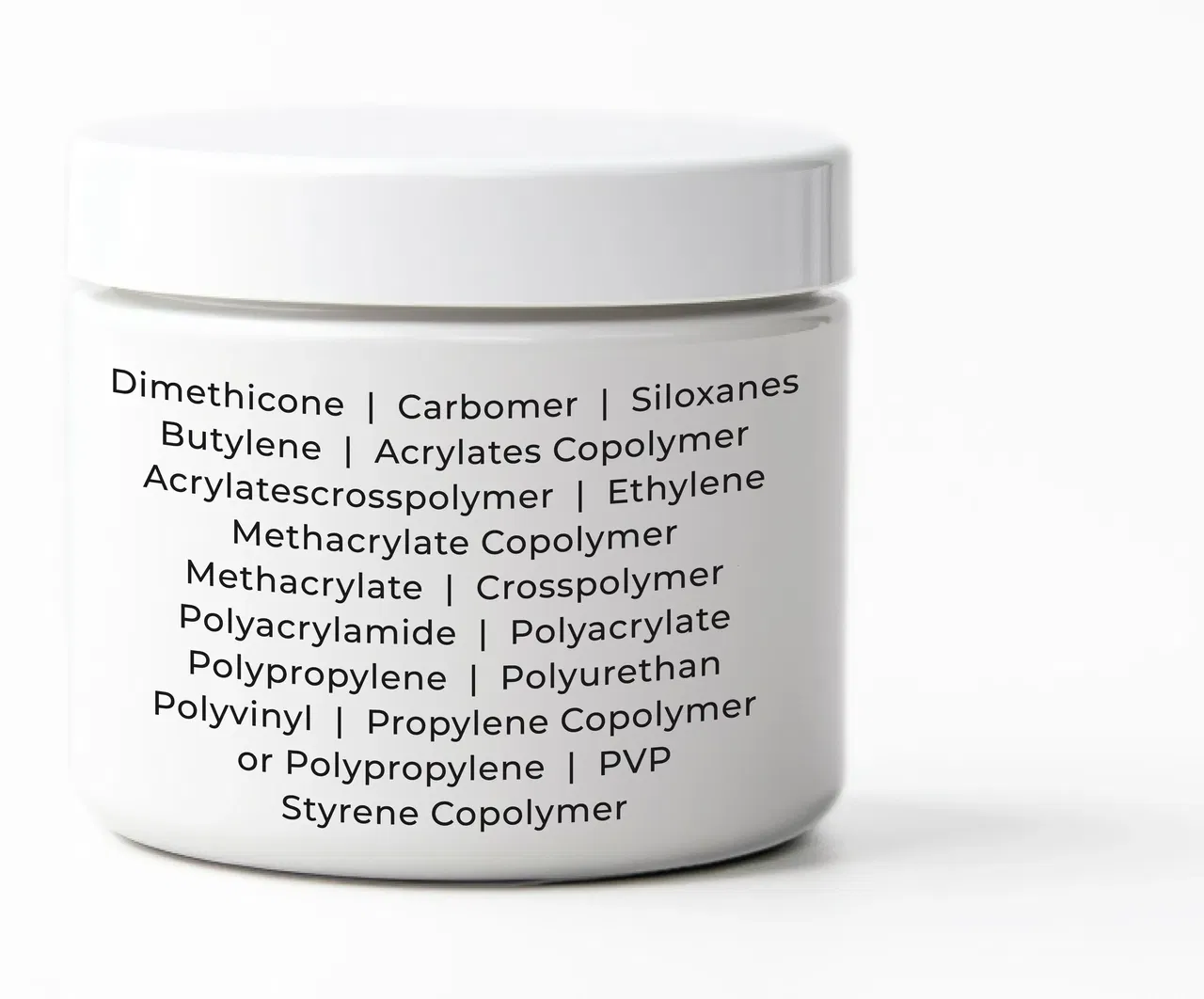

9 out of 10 leading skincare brands use liquid plastics. There are over 500 types used in personal care products. Be sure to check your labels to see if your products contain some of the more commonly used plastics listed below.
Check your labels
9 out of 10 leading skincare brands use liquid plastics. There are over 500 types used in personal care products. Be sure to check your labels to see if your products contain some of the more commonly used plastics listed below.



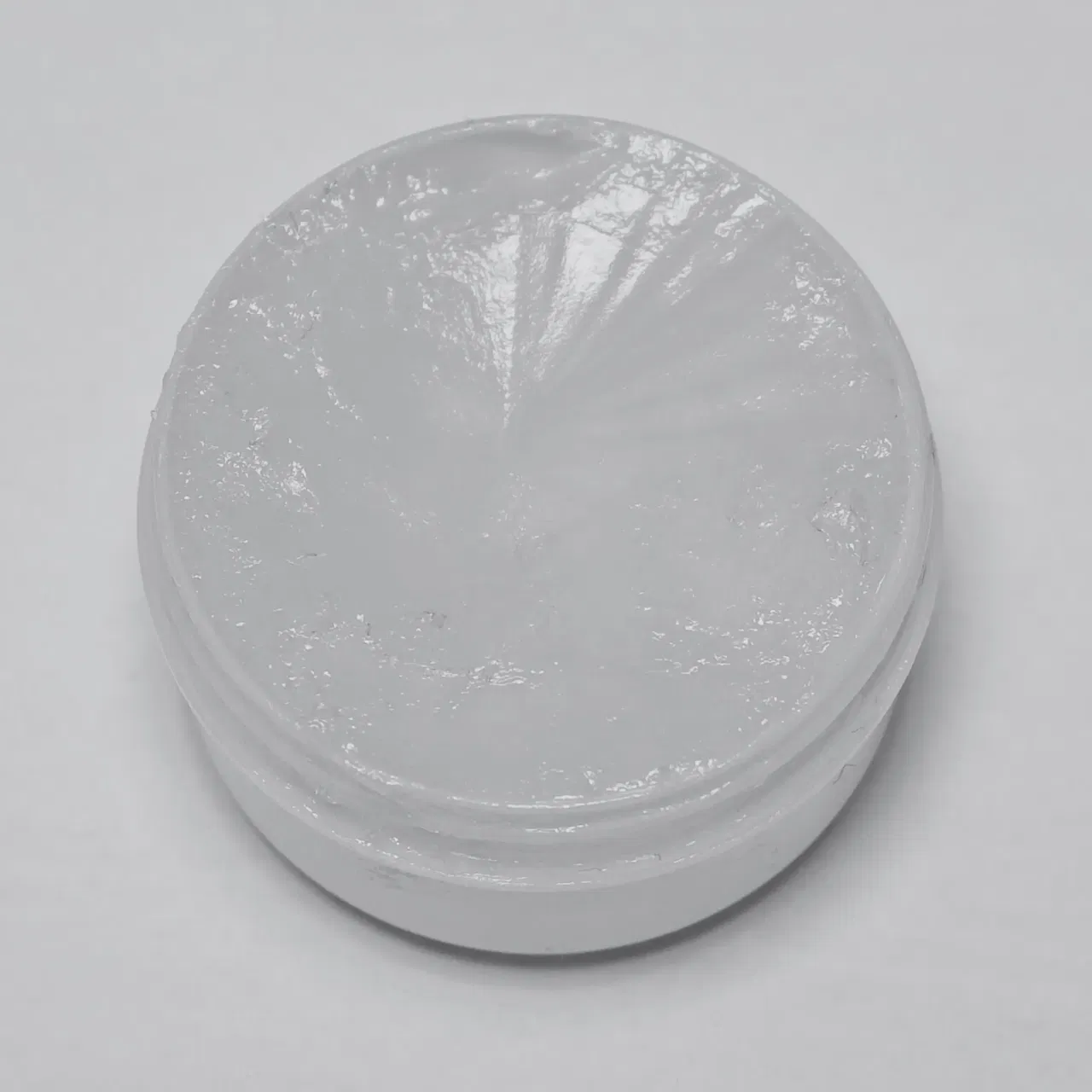
Petrolatum
Petrolatum is one of the most common ingredients in moisturizers. It is created from the refining of petroleum crude oil. Most moisturizers contain the less refined yellow petrolatum instead of the more refined white petrolatum. The concern is that yellow petrolatum may contain impurities, including polycyclic aromatic hydrocarbons (PAHs). PAHs are known carcinogens.

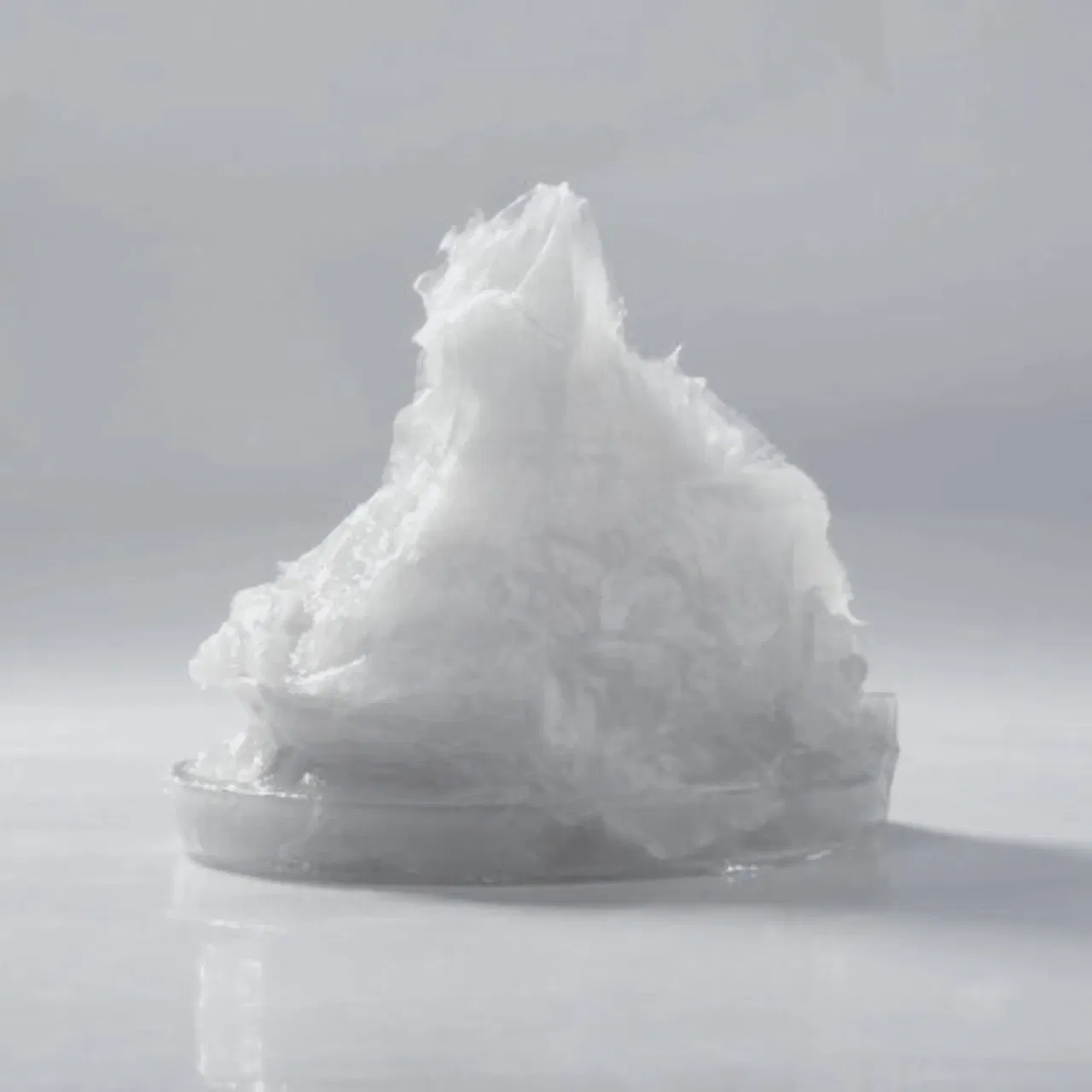
How do you know if your moisturizer contains yellow petrolatum?
Take a look at the ingredient list on your product. If petrolatum is white, it will be designated as “white petrolatum” instead of simply “petrolatum.” Surprisingly, the FDA does not set a specific limit on PAH concentrations in cosmetic products…
Petrolatum
Petrolatum is one of the most common ingredients in moisturizers. It is created from the refining of petroleum crude oil. Most moisturizers contain the less refined yellow petrolatum instead of the more refined white petrolatum. The concern is that yellow petrolatum may contain impurities, including polycyclic aromatic hydrocarbons (PAHs). PAHs are known carcinogens.

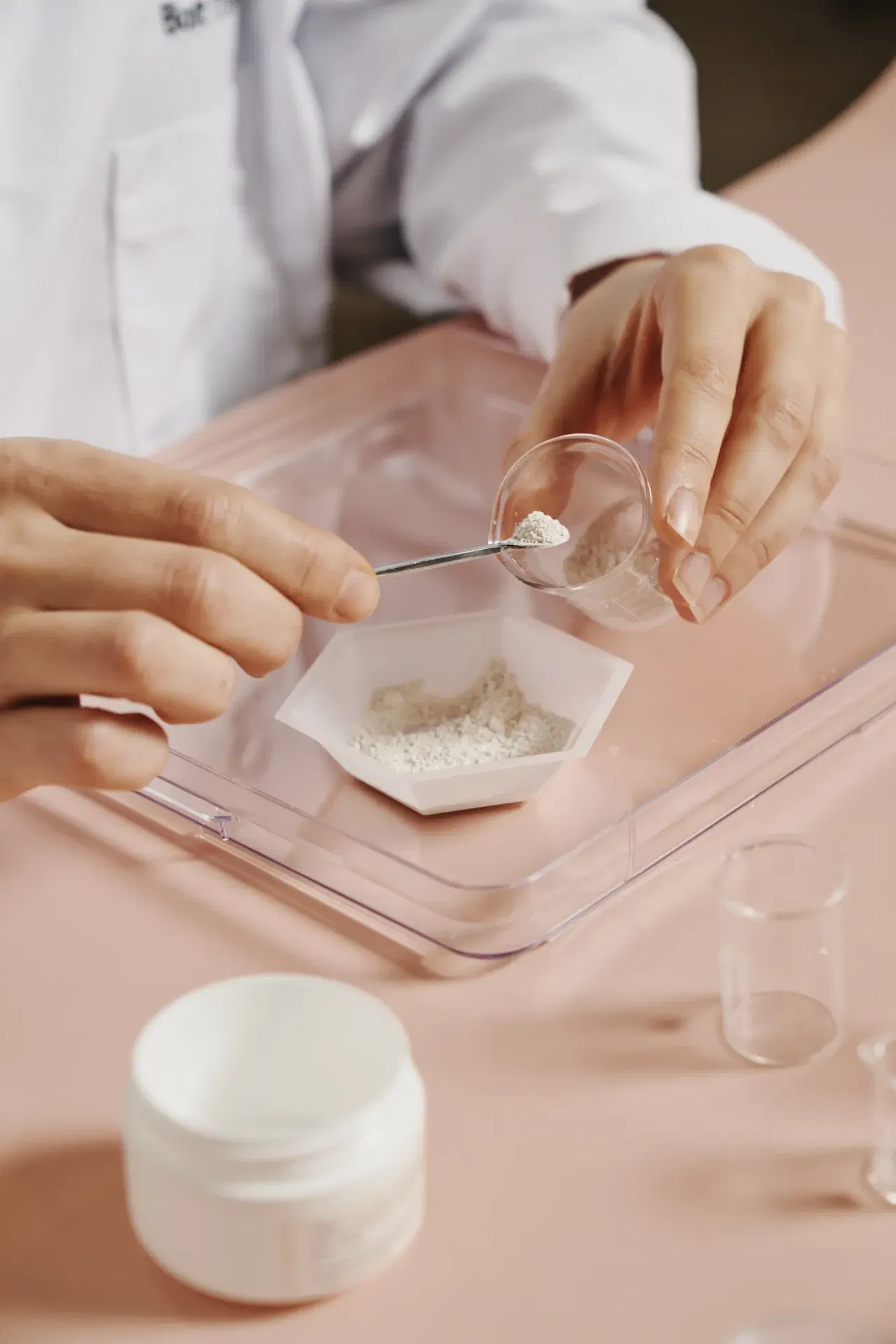
How do you know if your moisturizer contains yellow petrolatum?
Take a look at the ingredient list on your product. If petrolatum is white, it will be designated as “white petrolatum” instead of simply “petrolatum.”Surprisingly, the FDA does not set a specific limit on PAH concentrations in cosmetic products.





Petrolatum
Petrolatum is one of the most common ingredients in moisturizers. It is created from the refining of petroleum crude oil. Most moisturizers contain the less refined yellow petrolatum instead of the more refined white petrolatum. The concern is that yellow petrolatum may contain impurities, including polycyclic aromatic hydrocarbons (PAHs). PAHs are known carcinogens.



How do you know if your moisturizer contains yellow petrolatum?
Take a look at the ingredient list on your product. If petrolatum is white, it will be designated as “white petrolatum” instead of simply “petrolatum.”Surprisingly, the FDA does not set a specific limit on PAH concentrations in cosmetic products.
Dr. Franklin's "Hell No!" Ingredients
Click the images to learn about a few of the ingredients this dermatologist thinks you should avoid below
Dimethicone
Carbomer
Petrolatum
Parabens
Phthalates
Sulfates
Dimethicone
Dimethicone is the #1 liquid plastic in personal care products. It belongs to a group of compounds called silicones. It is estimated that the annual production of silicones for cosmetics has reached 8-10 million tons per year. Like other liquid plastics, dimethicone does not biodegrade, but instead accumulates in our environment and our food chains. In addition, contamination can occur from toxic impurities created during the production of dimethicone, which are known hormone disruptors associated with infertility and cancer.
Mojsiewicz-Pie kowska, K. et al. Chemosphere 2018;191; 204-217
Guo W, et al. Ecotoxicology and Environmental Safety 2012;213;111983
ECHA. Annex XV restriction report, proposal for a restriction, version number 1.1, 2015 [Internet]. Bootle: Health & Safety Executive; 2015 [cited 2021 Nov 3]. Available from: https://echa.europa.eu/documents/10162/9a53a4d9-a641-4b7b-ad58-8fec6cf26229
Carbomer
Carbomer is the second most common liquid plastic found in skincare products. It is derived from petroleum oil. It is primarily used to thicken creams. Carbomer is non-biodegradable and accumulates in our oceans and food chains. In addition, several carbomers are manufactured using benzene a known carcinogen.
CIR report: Amended Safety assesment of acrylates copolymers as used in cosmetics. 2018
The Ethical Consumer Research Assoc. Report May 2020
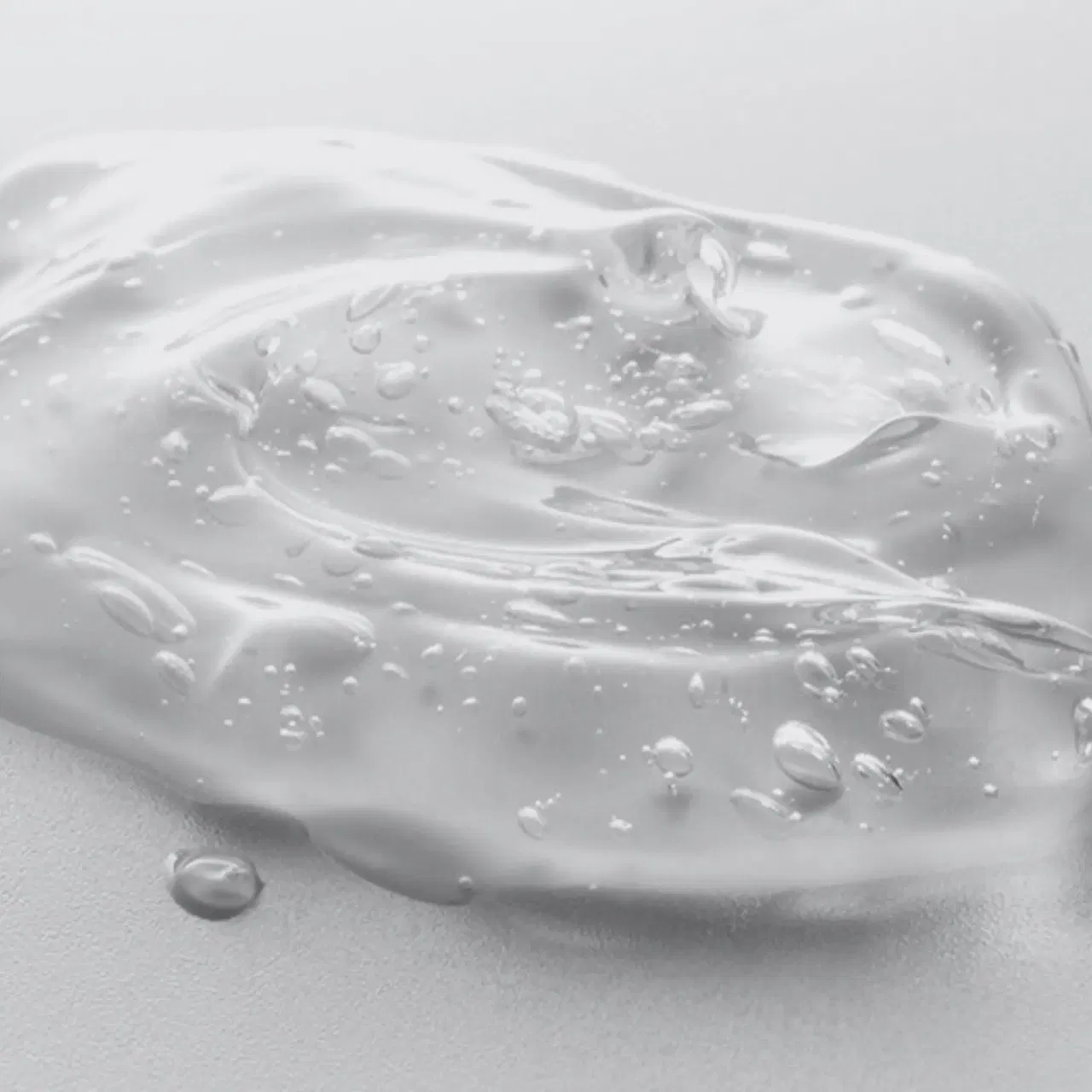
Parabens
Parabens are used in cosmetics as preservatives. They can act as “hormone disruptors” interfering with the body’s hormones including estrogen and androgen. Hormone disruptors have been implicated in contributing to obesity, sperm abnormalities, and infertility. Most concerning, they can promote hormone sensitive tumors like breast, ovarian, and prostate cancer.
Nowak K, et al. Molecular and Cellular Endocrinology 2018;474;238-251.
https://www.cityofhope.org/chemicals-cause-harmful-effects-black-women
Braun et. al. J Expo Sci Environ Epidemol 2014; 24;459-66
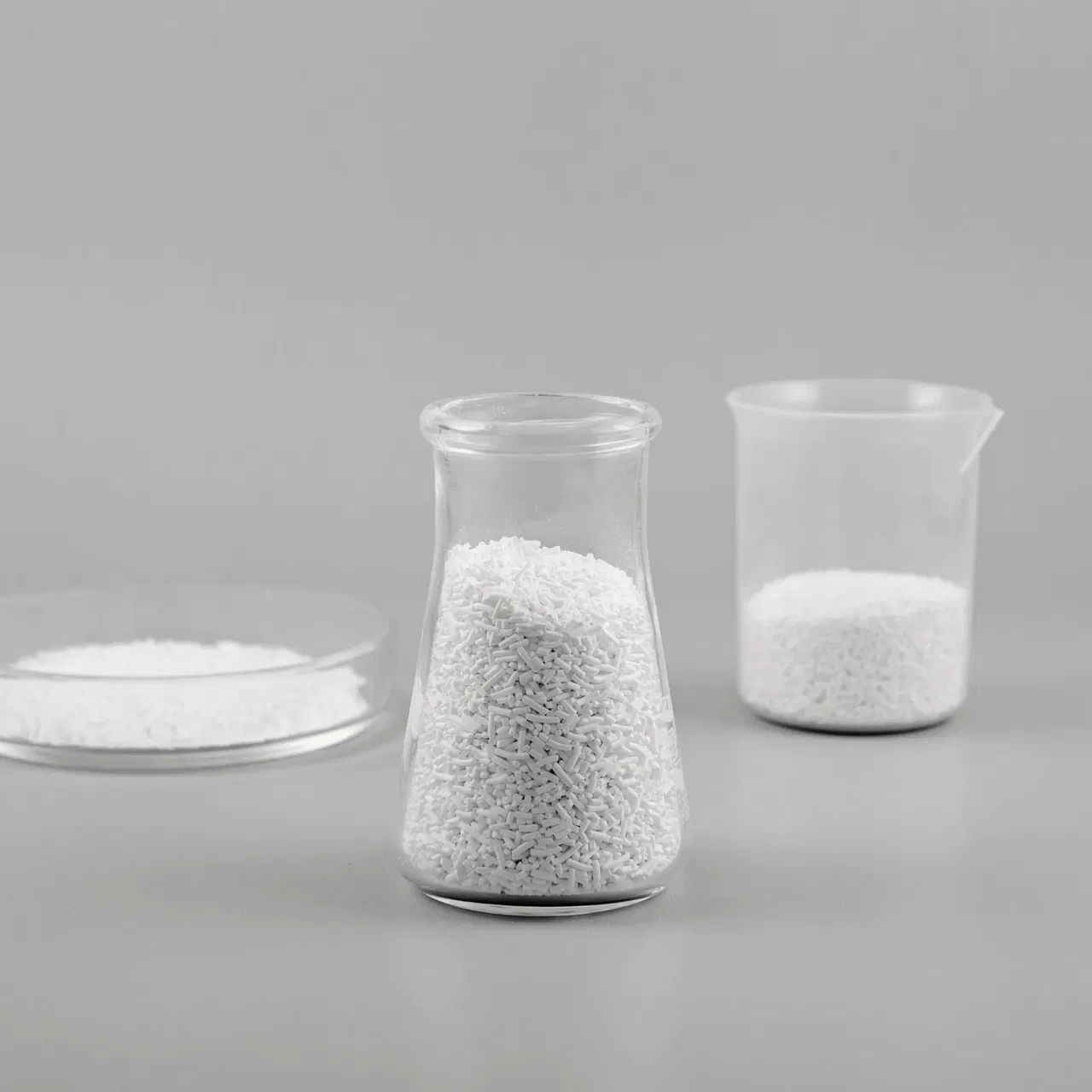
Phthalates
Phthalates are a group of chemicals that can act as hormone disruptors. Exposure to phalates has been linked to breast cancer and developmental issues.
They are frequently used to produce fragrance ingredients in skincare products. Fragrance ingredients are considered trade secrets, so companies do not have to disclose if their products contain phalates. They will simply list them as Fragrance or Parfum.
Wang Y. et al. Healthcare 2021; 9(5) 603.
Diamanti-Kandarakis E, et al. Endocrine Reviews. 2009; 30 (4): 293342.
Ankan Mukherjee Das et al. Cancer Epidemiology 2022; 79: 102188
Braun JM. et al. Nature Reviews Endocrinology 2017 13 (3):161-171
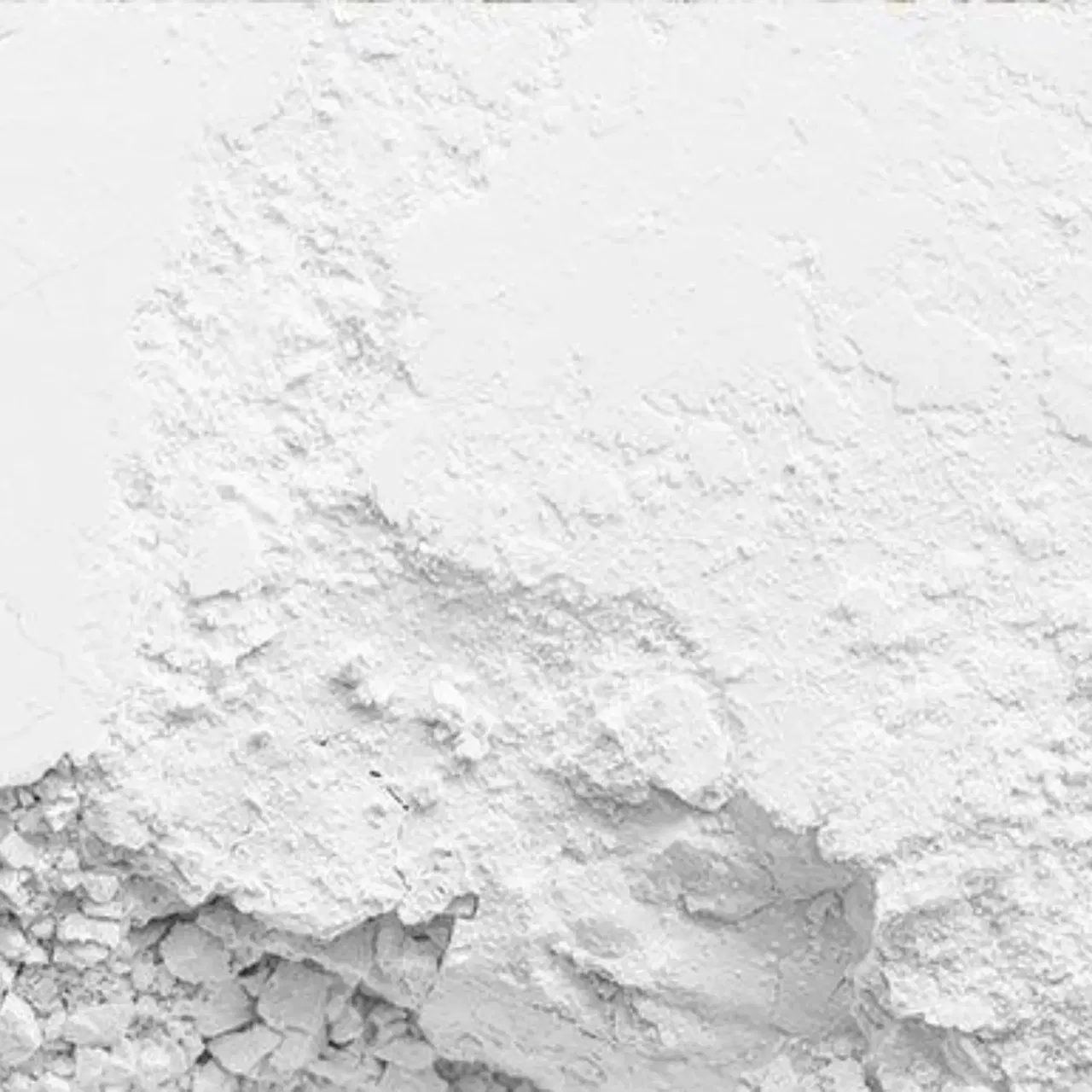
Sulfates
Sulfates are potential skin, eye, and respiratory tract irritants. More concerning is the fact that during the manufacturing process of sulfates 1,4-Dioxane can be produced as a contaminant. 1,4-Dioxane readily penetrates the skin and is considered a probable carcinogen.
Leoty-Okombi et al, Cosmetics 2021, 8(1), 8010006
http://www.safecosmetics.org/get-the-facts/chemicals-of-concern/14-dioxane/
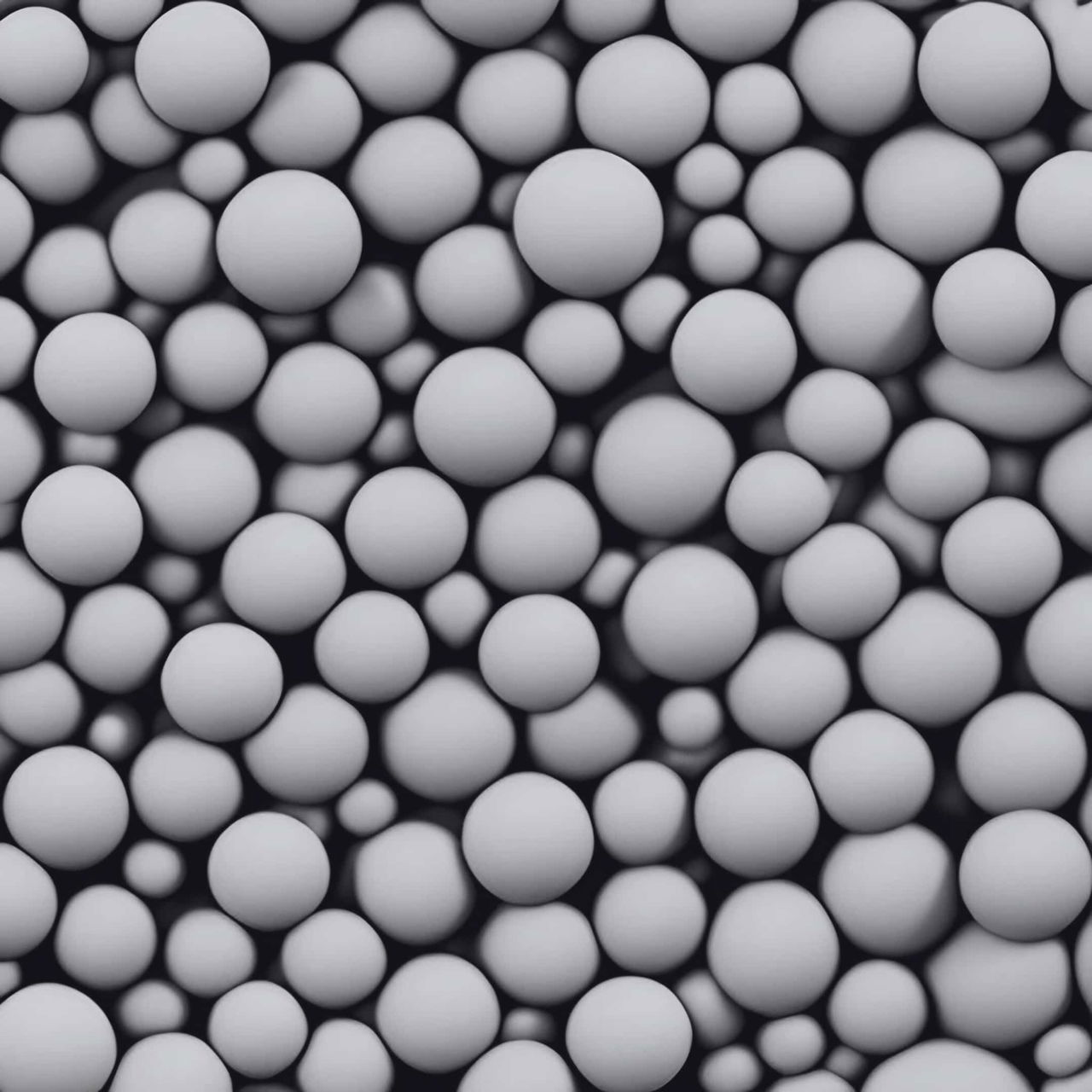



The Healthy Skin Barrier
The outermost layer of our skin, the stratum corneum, provides a protective barrier, keeping water in our bodies. This barrier is made up of three types of lipids: ceramides, cholesterol, and fatty acids.



Dry Skin Barrier Repair
Individuals with dry skin do not have enough of these lipids (ceramides, cholesterol, and fatty acids). Studies show that when these lipids are applied to dry skin, skin cells absorb them and restore the damaged skin barrier, preventing water loss.
NOTE: You need all three of these lipids to restore the skin barrier.

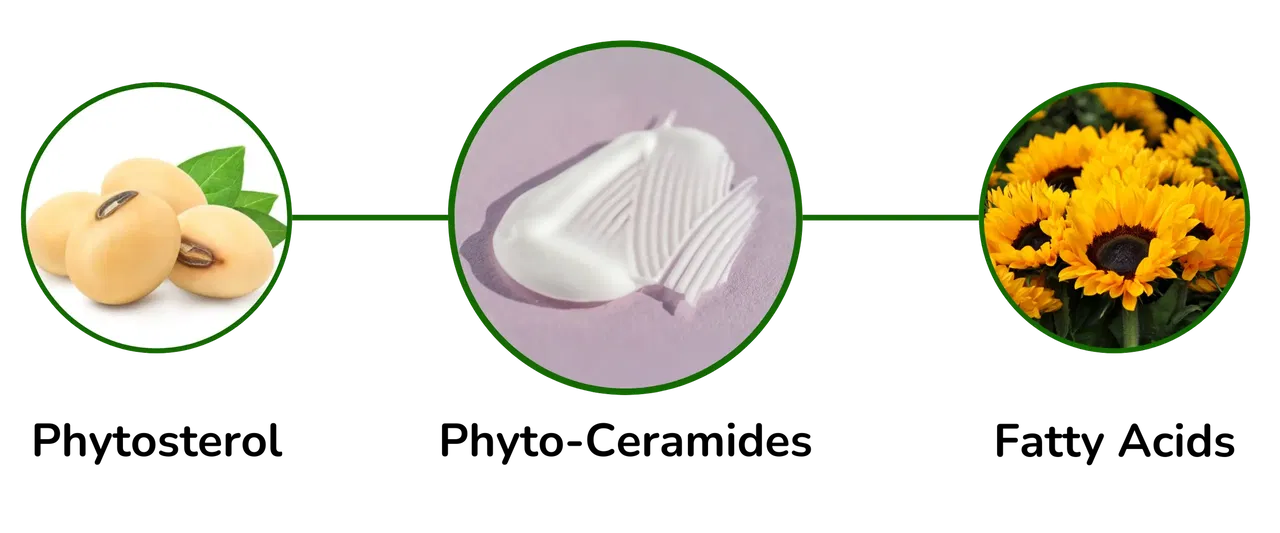

Ceramides are usually derived from animal sources or synthetic chemicals. Our ceramides are plant-derived (“phtyo-ceramides”).
Most moisturizers contain animal-derived cholesterol, or simply don’t add this necessary ingredient. Our plant-derived cholesterol (phytosterol) contains naturally occurring compounds similar in structure and biological function to cholesterol.
Our fatty acids come from sunflower oil, rich in linoleic acid, the primary fatty acid in the stratum corneum.


The Healthy Skin Barrier
The outermost layer of our skin, the stratum corneum, provides a protective barrier, keeping water in our bodies. This barrier is made up of three types of lipids: ceramides, cholesterol, and fatty acids.


Dry Skin Barrier Repair
Individuals with dry skin do not have enough of these lipids (ceramides, cholesterol, and fatty acids). Studies show that when these lipids are applied to dry skin, skin cells absorb them and restore the damaged skin barrier, preventing water loss.
NOTE: You need all three of these lipids to restore the skin barrier.


Ceramides are usually derived from animal sources or synthetic chemicals. Our ceramides are plant-derived (“phtyo-ceramides”).
Most moisturizers contain animal-derived cholesterol, or simply don’t add this necessary ingredient. Our plant-derived cholesterol (phytosterol) contains naturally occurring compounds similar in structure and biological function to cholesterol.
Our fatty acids come from sunflower oil, rich in linoleic acid, the primary fatty acid in the stratum corneum.
Dry Skin Barrier Repair
Petrolatum is one of the most common ingredients in moisturizers. It is created from the refining of petroleum crude oil. Most moisturizers contain the less refined yellow petrolatum instead of the more refined white petrolatum. The concern is that yellow petrolatum may contain impurities, including polycyclic aromatic hydrocarbons (PAHs). PAHs are known carcinogens.


How do you know if your moisturizer contains yellow petrolatum?
Take a look at the ingredient list on your product. If petrolatum is white, it will be designated as “white petrolatum” instead of simply “petrolatum.”
Surprisingly, the FDA does not set a specific limit on PAH concentrations in cosmetic products.


